A teaspoon is a small spoon used to stir beverages and can also measure small amounts of food or liquid. It is about the size of your thumb and holds about 5 milliliters (ml) of liquid.
Also, a tablespoon is a large spoon used to serve food. It is about the size of an egg and holds about 15 milliliters (ml) of liquid.
In this article, we’ll answer the question “30 ml is how many tablespoons?” and discuss teaspoons. We’ll provide some examples for clarity.
One tablespoon is equal to 3 teaspoons, and one teaspoon is equal to 5 milliliters (ml). So, if you’re asking how many tablespoons are in 30 ml, the answer would be 2 tablespoons (30 ml = 2 tablespoons).
If you’re asking how many teaspoons are in 30 ml, the answer would be 6 teaspoons (30 ml = 6 teaspoons).
Here are some other common conversions
| Tablespoons | Teaspoons |
|---|---|
| 1 tablespoon | 3 teaspoons |
| 1/2 tablespoon | 1 1/2 teaspoons |
| 1/4 tablespoon | 3/4 teaspoon |
| 2 tablespoons | 1/8 cup |
| 4 tablespoons | 1/4 cup |
| 5 1/3 tablespoons | 1/3 cup |
| 8 tablespoons | 1/2 cup |
| 16 tablespoons | 1 cup |
Now that you know the answer to “30 ml is how many tablespoons?”, keep reading for more information on teaspoons.
30 Ml is how many tablespoons?
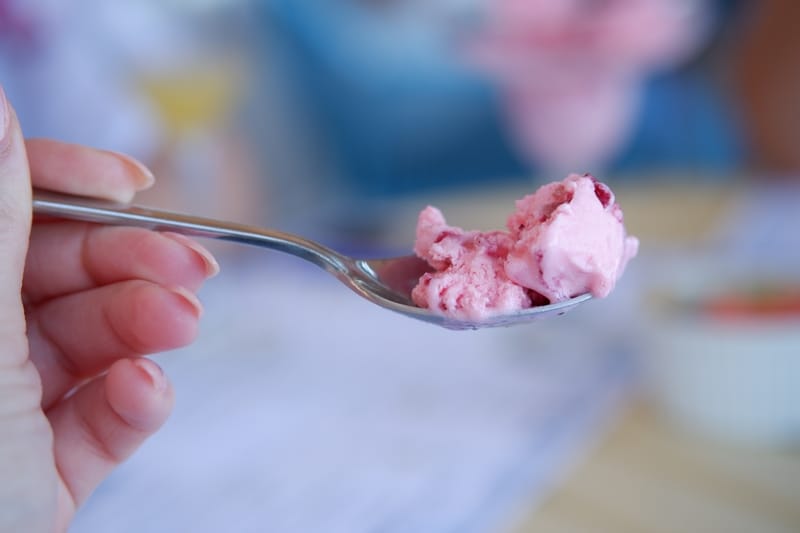
One tablespoon is equivalent to three teaspoons or 15 milliliters. To convert milliliters to tablespoons, divide the number of milliliters by 15. In this case, 30 divided by 15 equals 2, so there are two tablespoons in 30 milliliters.
It is important to note that these conversions are only approximate and may not be exact due to variations in measurement methods. When working with small amounts of liquid, it is often more accurate to use teaspoons or drops rather than tablespoons.
Using milliliters or cups may be more convenient when measuring larger quantities. Ultimately, the best way to ensure accuracy is to use a measuring cup or graduated cylinder marked in the desired units.
30 Ml is how many teaspoons?
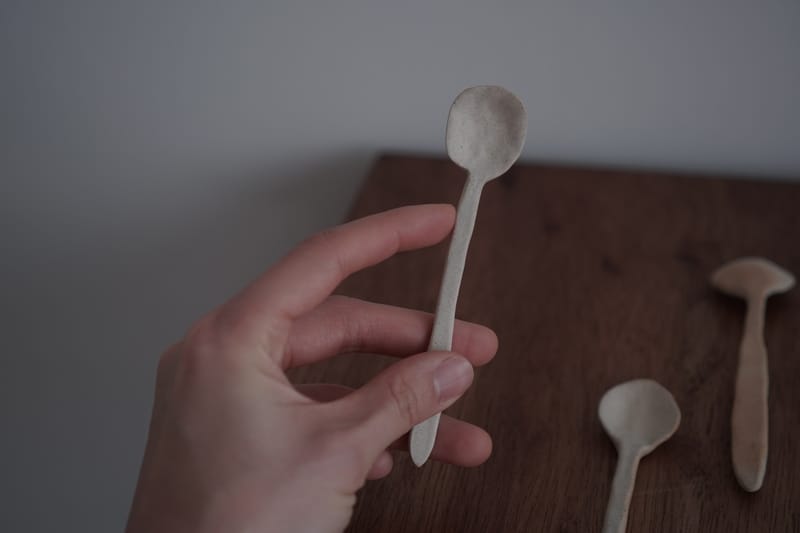
When measuring small amounts of liquid, teaspoons are more commonly used than milliliters. This is because teaspoons are a unit of measurement familiar to most people, whereas milliliters are not.
It is sometimes necessary to convert from one unit of measurement to the other. Many recipes call for a certain number of milliliters of an ingredient but only give the equivalent measurement in teaspoons. So how many teaspoons are in 30 ml? The answer is 6 teaspoons.
This means that 1 ml is equal to 0.2 teaspoons. Therefore, to convert from milliliters to teaspoons, multiply the number of milliliters by 0.2. This information can be useful when cooking or baking, and taking medication measured in milliliters.
With a little bit of practice, converting between these two units of measurement will become second nature.
How much is 30 ml in cups?
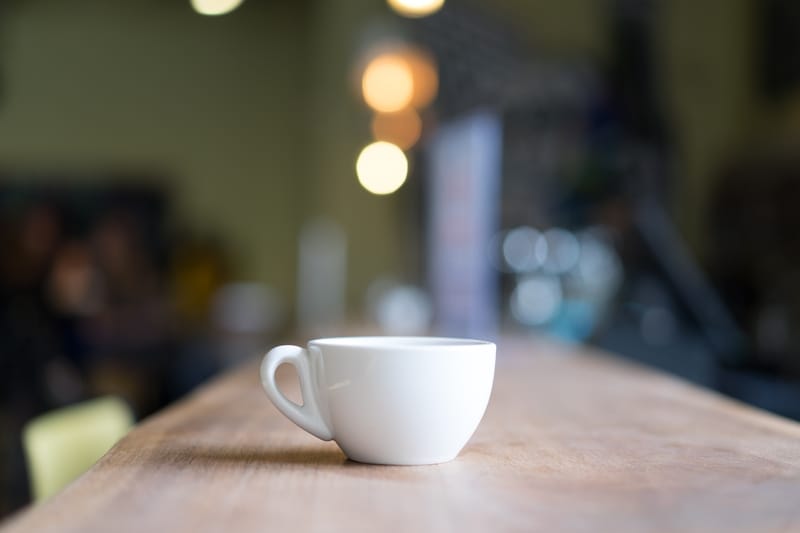
Many recipes call for ingredients to be measured in cups, but sometimes it can be tricky to know how to convert other units of measurement into cups. For example, 1 cup equals 8 fluid ounces, so 2 cups equal 16 fluid ounces.
But what if a recipe calls for 30 ml of an ingredient? Luckily, it’s relatively easy to figure out. One cup is equivalent to 240 ml, so if we divide 240 by 8 (the number of fluid ounces in 1 cup), we get 30. This means that 30 ml is 1/8 cup.
So if a recipe calls for 1/4 cup of an ingredient, you can use 60 ml instead. Remember that the measurements won’t be exact, so it’s always best to err on the side of adding a little less rather than a little more.
What is the best way to measure ML and cups?
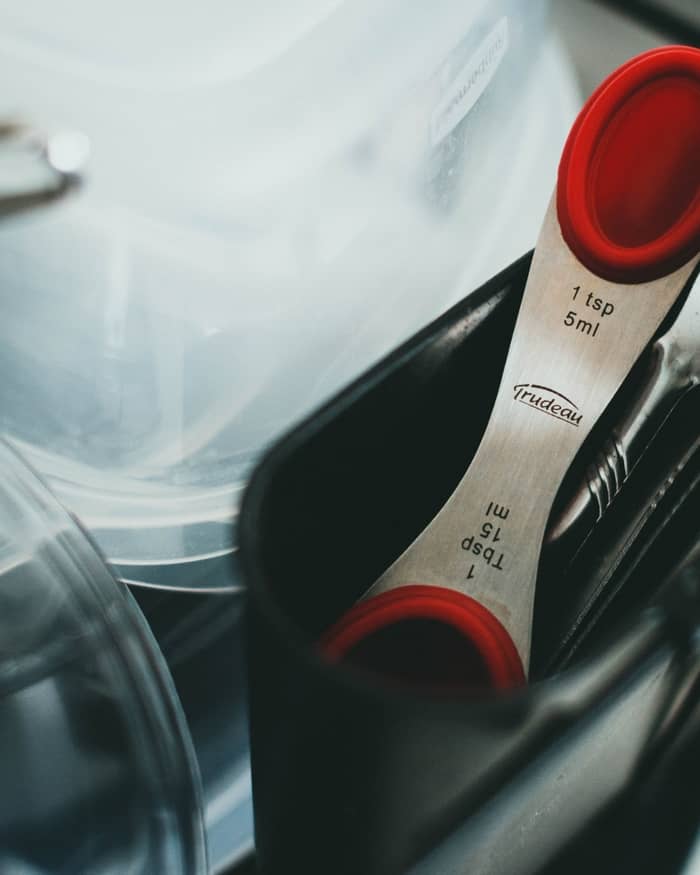
There is no definitive answer to this question as it depends on what you are measuring and your personal preferences.
Measuring by volume (mL or cups) is generally more accurate than measuring by weight (grams), but some people prefer the convenience of measuring by weight. If you are baking or cooking, it is generally best to follow the recipe measurements if you are baking or cooking.
You can measure mL and cups by the following 4 methods:
Using a measuring cup:
This is the most common way to measure mL and cups. Liquid measuring cups are typically made of glass or plastic and have markings for common measurements (e.g., 1 cup, ½ cup, ¼ cup, 1/3 cup, etc.). To measure, simply pour the liquid into the measuring cup until it reaches the desired measurement.
Using a measuring spoon:
This method is similar to using a measuring cup, but you will use a spoon instead. Measuring spoons are typically made of metal or plastic and have markings for common measurements (e.g., 1 tsp, ½ tsp, ¼ tsp, 1/3 tsp, etc.).
To measure, simply pour the liquid into the measuring spoon until it reaches the desired measurement.
Using a graduated cylinder:
This is a more precise way to measure mL but can be more difficult to use. Graduated cylinders are typically glass or plastic and have markings for common measurements (e.g., 50 mL, 100 mL, 150 mL, etc.).
To measure, simply pour the liquid into the graduated cylinder until it reaches the desired measurement.
Using a food scale:
This is the most accurate way to measure mL and cups but can be more difficult to use. Food scales are typically made of metal or plastic and have markings for common measurements (e.g., 1 gram, 2 grams, 5 grams, 10 grams, etc.).
To measure, simply pour the liquid onto the food scale until it reaches the desired measurement.
Using a kitchen scale:
This is another accurate way to measure mL and cups. Kitchen scales are typically made of metal or plastic and have markings for common measurements (e.g., 1 ounce, 2 ounces, 6 ounces, 12 ounces, etc.).
To measure, simply pour the liquid onto the kitchen scale until it reaches the desired measurement.
Whichever method you choose, use consistent measurements to ensure accurate results.
Final words
Learning how to convert between mL and cups is a valuable skill, especially if you like to bake or cook. With a little bit of practice, it will become second nature. And if you ever need help, there are plenty of online tools that can assist you (like the one mentioned above). So get measuring!
Similar Articles:

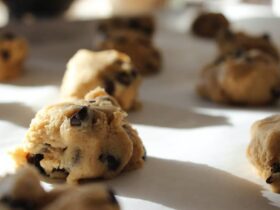
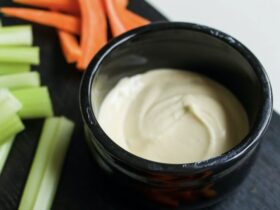
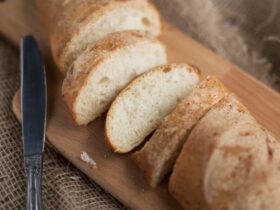
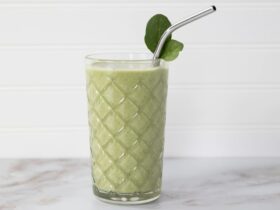
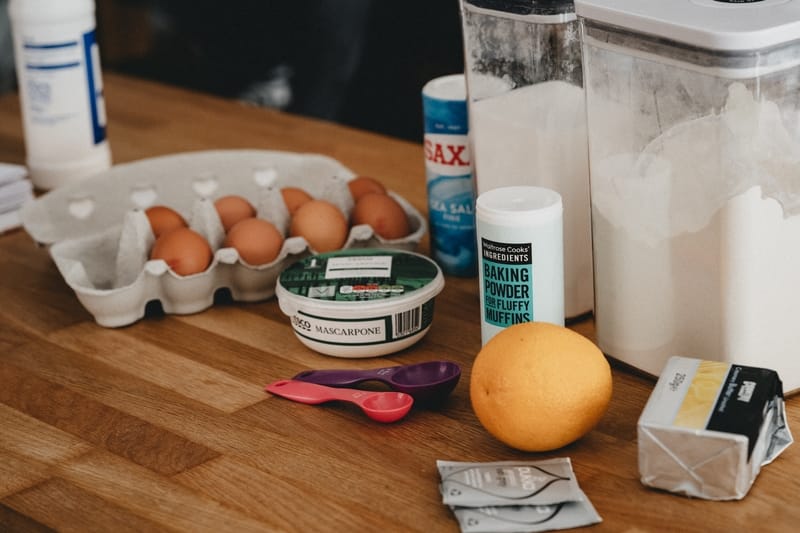
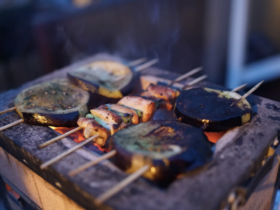
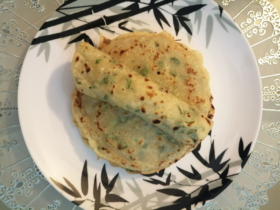
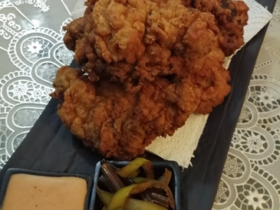
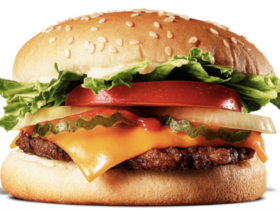
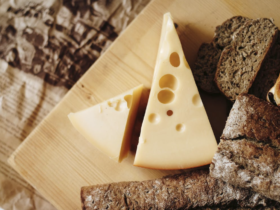
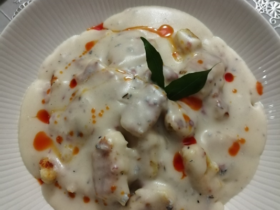
Your math is not correct I’d you have 30 ml and each teaspoon is 5ml you would divide 30 by 5 and get 6 teaspoons.
You are absolutely right! We have corrected this.
Super embarrassing! This has been corrected, thank you!